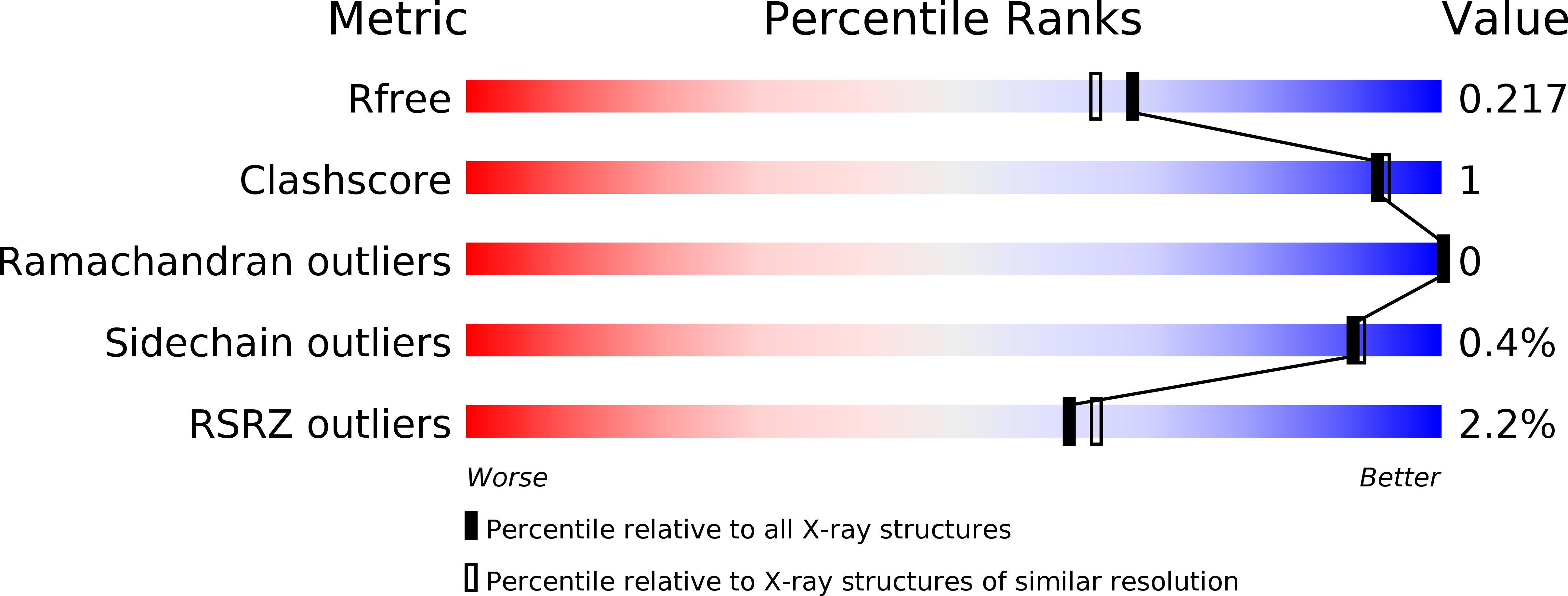
Deposition Date
2015-01-16
Release Date
2015-01-28
Last Version Date
2024-10-23
Entry Detail
PDB ID:
4XP7
Keywords:
Title:
Crystal structure of Human tRNA dihydrouridine synthase 2
Biological Source:
Source Organism:
Homo sapiens (Taxon ID: 9606)
Host Organism:
Method Details:
Experimental Method:
Resolution:
1.90 Å
R-Value Free:
0.20
R-Value Work:
0.16
R-Value Observed:
0.16
Space Group:
P 1 21 1


